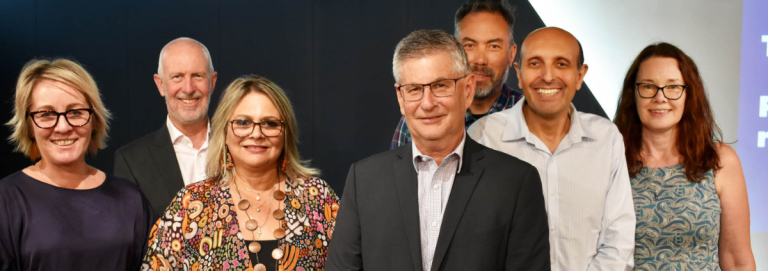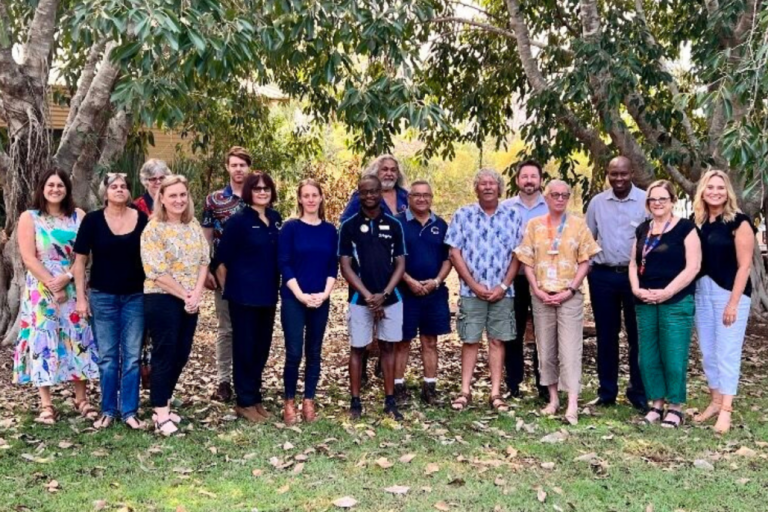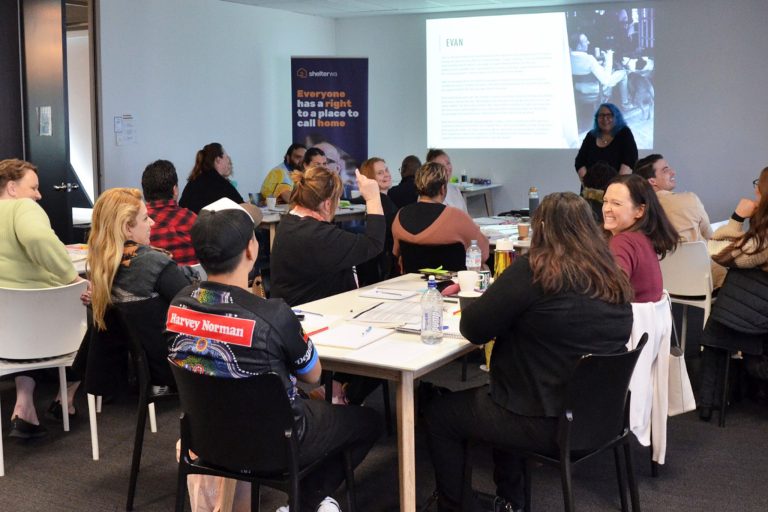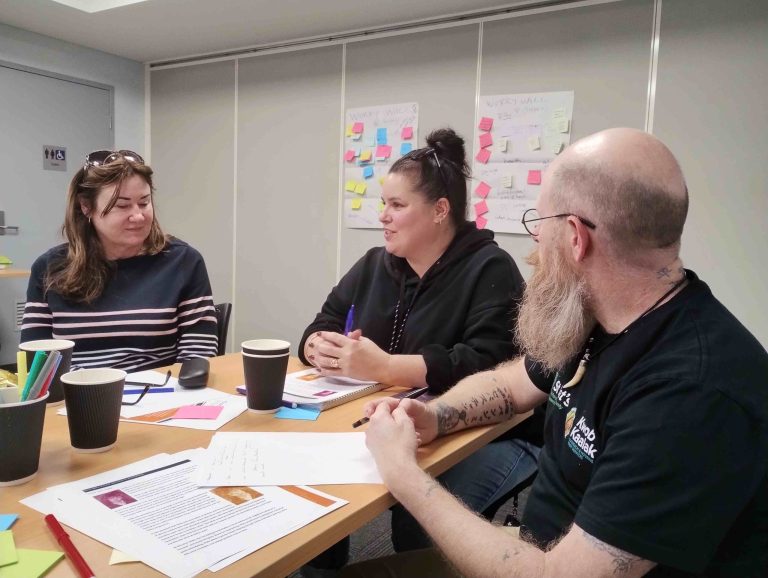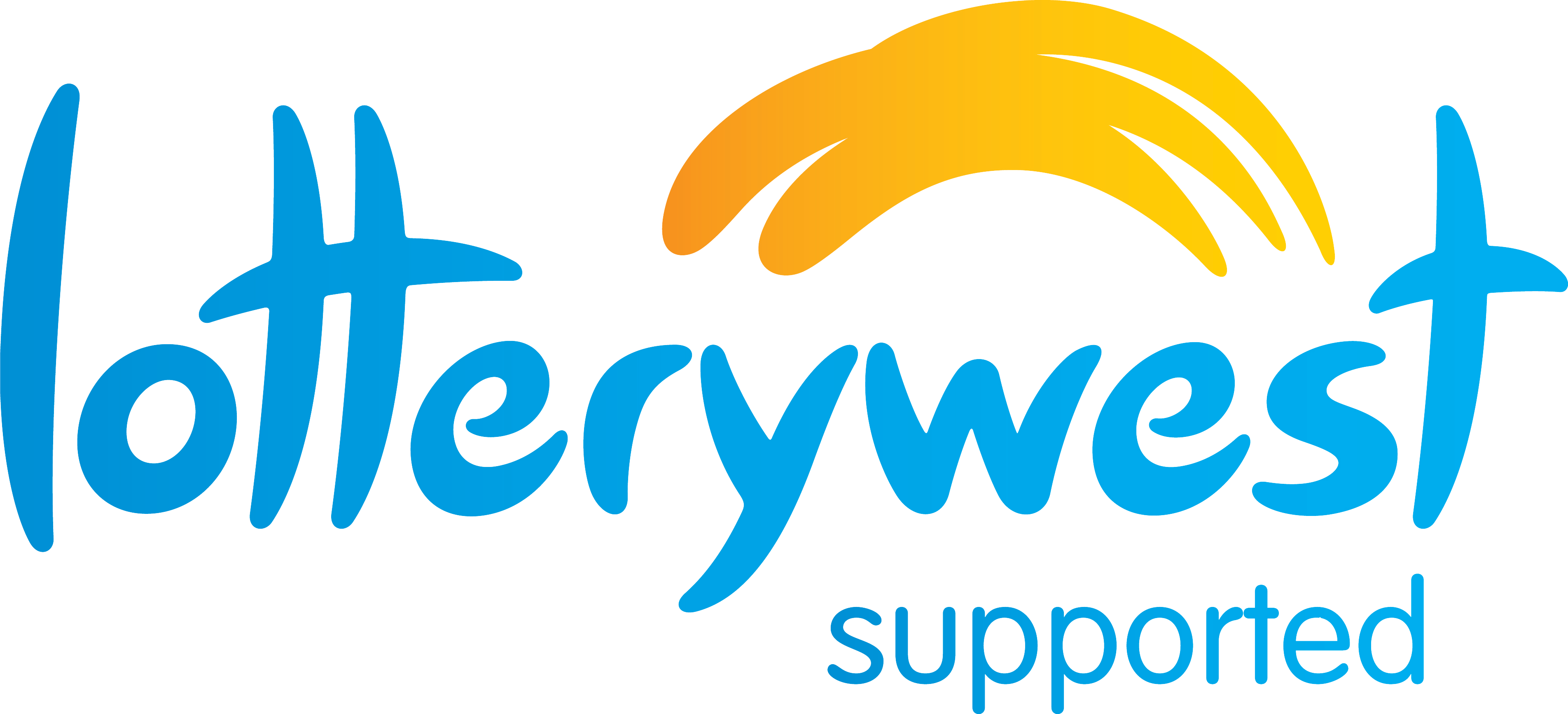[ad_1]
This opinion piece appeared in The West Australian on Monday, 9 August. It is written by Kieran Wong, Chairman at Shelter WA.
By now we are all familiar with the scale and severity of homelessness in WA.
Over the past year, we’ve seen the stories, many of them in this newspaper, about people forced to take refuge wherever they can find — on a friend’s couch, in their car, even on the street.
Community Cost
We’ve seen the impact it has on families, the impact on health and the health system, and the cost to the community.
And we’ve seen the greatest tragedy of all play out in the pages of this newspaper, families forced to bury their children long before their time.
Too often recently we have been confronted with stories of families grieving and broken by the loss of young people.
“Families forced to bury their children long before their time.”
Worst of all, surely, are the stories of those who feel so desperate, hopeless and abandoned that they take their own lives.
Figures released last month showed that at least 56 people died while homeless in Perth in 2020. That means that in the past year, while we were all constantly consumed by COVID, we lost at least six times as many people in WA to homelessness.
Fortunately, after a year in which most of us have sought refuge by staying home, there has been more focus than ever on those who don’t have a safe place to stay in WA. Increased awareness of the problem has drawn responses that leverage our unique resources.
Local Government
At a local government level, the City of Perth Safe Night Spaces have opened this freezing winter to provide some respite from the storms soaking our city streets.
Other interim responses have run off the back of a trial of hotel accommodation for people sleeping rough during our first lockdown last year.
As Uniting WA chief executive Amanda Hunt wrote in this paper, “transitional accommodation and support provides a stable environment to build confidence, capacity and the ability to identify and address the issues that led to homelessness”.
An important response is Boorloo Bidee Mia, culturally appropriate, supported accommodation for people experiencing homeless in the heart of our city. This accommodation, as the name states, aims to deliver a Perth Pathway to Housing that will benefit everyone.
Moorditj Mia
And investment into new programs like the Moorditj Mia Strong Home program will make a significant difference supporting individuals and families sleeping rough across the metropolitan area.
Congratulations are due to the WA Government, and everyone involved in driving these welcome steps out of homelessness.
Social Housing & Investment
Now is the time to ensure WA reaches its destination — social housing and sustainable investment into support services to ensure that the end of all our journeying is a home for everyone who needs it. WA has a first-class homelessness strategy which is guiding new investment and partnerships to end homelessness.
“Now is the time to ensure WA reaches its destination.”
Embedded in the strategy is Housing First, an international model for housing and supporting people who have experienced long-term and recurring homelessness and who face a range of complex challenges. To successfully implement Housing First, and to prevent homelessness in the first place, along with sustained investment into services we need a strong social and affordable housing system.
Recent Government housing investment has stimulated new housing construction with 23,000 dwelling commencements expected in WA in 2020-21, with up to 21,000 projected a year for the next two years.
Research by the Bankwest Curtin Economic Centre anticipates that as a result, 10,000 households will leave the private rental market over the next six to twelve months.
Shortfall
While this new supply will ease some pressure on the private rental market, presumably including at least part of the affordable housing segment, the BCEC research highlights more than 50,000 renters who consider their housing unaffordable.
With a social housing waitlist of around 17,000 households, this new housing construction — while welcome — will not address the fundamental need for more social and affordable rental homes. Modelling by the University of New South Wales showed a social housing shortfall of 39,200 homes and an affordable rental shortfall of 19,400 homes across WA in 2019 to meet demand.
“An opportunity to build on recent initiatives.”
Independent polling released last week by Shelter WA shows the community overwhelming supports investment to end homelessness and build more social and affordable rental homes. Over 50 per cent ranked housing and rental affordable and homelessness in the top five issues that they’d like to see the State Government focus on its upcoming Budget, behind only the public health system and the cost of living. One in five people ranked housing affordability and homelessness as their No.1 issue for government to spend more of its Budget on. The WA Government has an opportunity to build on its recent initiatives and accelerate and increase the rate of investment into social and affordable housing and homelessness initiatives. This investment will drive the outcomes sought from the homelessness strategy. It will unlock social and economic opportunity for thousands of West Australians and set us all up for a bright housing future.
The WA Government deserves credit for its swift action in protecting our State from the worst ravages of the pandemic. COVID-19 showed the importance of home to keep everybody healthy and well.
However, across WA, it is estimated over 9,000 people experience homelessness each day. We urge the McGowan Government to use the same resolve to ending homelessness by using the surplus to solve the housing shortage.
Systemic change seems impossible until it’s inevitable, and our time has come.
[ad_2]
Source link

